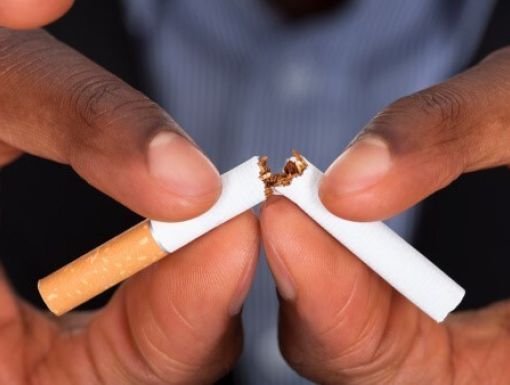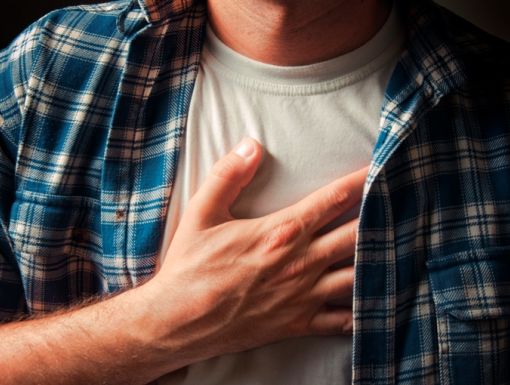
What Does Saharan Dust Do to You?
Residents of the Gulf South are well acquainted with hurricanes, oppressive heat, and intense rainstorms. However, there is another weather phenomenon that arrives each summer, one that might not be quite as familiar to us: Saharan dust.
A giant dust cloud known as the Saharan Air Layer forms over the Sahara in North Africa during late spring, summer and early fall. This dry and dusty air is composed of small particles that degrade the air quality and can lead to health issues for many who are vulnerable.
Although the dust plume hovers about a mile above the Earth’s surface, it can be very noticeable and problematic. This is especially true for people with asthma or other chronic lung diseases as this can cause cough, chest discomfort, shortness of breath, and other health problems.
Why is the Saharan dust coming to the U.S.?
According to the National Aeronautics and Space Administration, brisk, upper-level winds pick up an estimated 100 million tons of dust from the Sahara Desert each year. A sizable portion of it routinely blows out over the Atlantic Ocean and covers areas in and around the Gulf Coast. This usually happens between May and August, typically peaking from late June to mid-August. Scientists say the plume of dust can extend up to 2.5 miles into the atmosphere, but some of the particles fall low enough so that we can breathe them in.
Shifting winds can impact the concentration of dust that reaches our noses. As a result, air quality in our area can rise and fall from day to day while the plume hangs around us.
The Sahara Desert is by far Earth’s largest source of airborne dust. During winter and spring months, storm-driven Saharan dust often ends up fertilizing the nutrient-poor soils of the Amazon rainforest. The dust storms in the summer tend to loft material higher into the atmosphere, allowing the plumes to make the long trip across the Atlantic.
Is the Saharan dust dangerous?
While the general public is typically not heavily impacted by the Saharan dust, increased inhalation of any type of dust can be irritating. People with chronic lung or respiratory diseases are far more at risk of developing complications from a dust storm, according to the American Lung Association. Those high-risk people can experience symptoms such as coughing, shortness of breath, sneezing, eye irritation, and chest and throat discomfort.
The size of the dust particles can create different health issues. The larger particles can enhance allergy symptoms, irritating the lining of the eyes, nose, and throat. Smaller, more fine particles can travel further into the lungs, leading to breathing symptoms. The result can be shortness of breath, coughing, wheezing, and even chest tightness. Experts say approximately 30% of the dust coming from the Sahara is “fine” or small.
If you live in an area that is experiencing higher levels of dust than normal, you should reduce the amount of time spent outdoors. While indoors, keep windows closed and regularly change out air conditioner filters.
Wearing a face mask outdoors is also advised. It’s a good way to help avoid inhaling particles of dust. Talk to an allergist if your symptoms get worse due to the Saharan plume.
Despite the negative aspects and impact on our health the Saharan dust plume can have, it is still crucial for Earth’s biology and climate. Not only can it produce beautiful orange sunsets, but this warm, dry, and strong air can suppress the formation and intensification of hurricanes.


